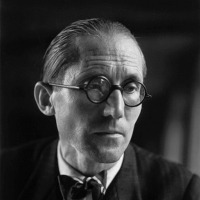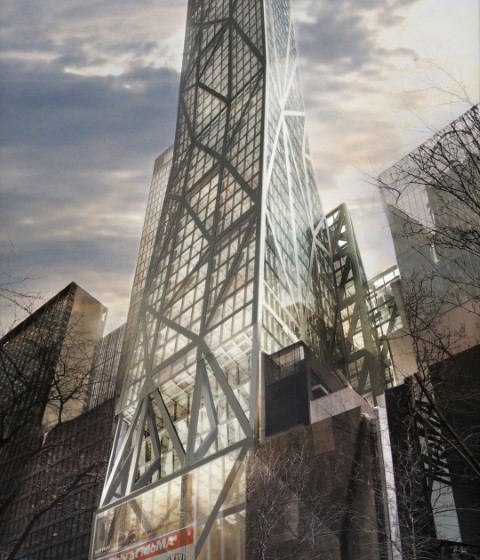For the first time in its history, MoMA presents a comprehensive exhibition on the work of Le Corbusier (Charles-Édouard Jeanneret, French, born Switzerland, 1887-1965), encompassing his work as architect, interior designer, artist, city planner, writer, and photographer. Le Corbusier: An Atlas of Modern Landscapes reveals the ways in which Le Corbusier observed and imagined landscapes throughout his career, using all the artistic mediums and techniques at his disposal, from early watercolors of Italy, Greece, and Turkey, to sketches of India, and from photographs of his formative journeys to architectural models of his large-scale projects. All of these dimensions of his artistic process, including major paintings and five reconstructed interiors, are presented in the largest exhibition ever produced in New York of Le Corbusier's protean and influential oeuvre.
The exhibition is organized by guest curator Jean-Louis Cohen, Sheldon H. Solow Professor in the History of Architecture, Institute of Fine Arts, New York University, with Barry Bergdoll, The Philip Johnson Chief Curator of Architecture and Design at MoMA.
Le Corbusier constantly observed and imagined landscapes. These are deployed panoramically in the exhibition not only through his paintings and drawings of sites and cities, but also through original models, photographs, sound recordings, and even recently discovered silent films shot by Le Corbusier himself in the 1930s. Following a path from his youth in the Swiss Jura mountains to his death on the shores of the French Riviera, the exhibition focuses on four types of landscapes, observed or conceived at different scales, and documented in all the genres he practiced during six decades: the landscape of found objects; the domestic landscape; the architectural landscape of the modern city; and the vast territories he planned.
From the “typical objects” featured in his Purist still lifes to the “objects of poetic reaction” that inspired his paintings from the 1930s through the 1950s, the landscape of found objects is mainly documented with major paintings by Le Corbusier. Beginning with the interiors he designed for the watch-making industry of his native La Chaux-de-Fonds, in Switzerland, five reconstructed interiors, featuring original furniture, vividly present his concepts for domestic landscapes, and the notion of houses operating as machines to view landscapes. The dialectic between the picturesque perception of city form and the grand patterns that determined many of his large building projects is revealed as the generator of his architectural landscapes. Finally, projects such as the plans for Rio de Janeiro or Algiers, born out of the interpretation of urban geography, and the designs for the new Indian city of Chandigarh reveal how extended territories were interpreted as open landscapes.
Twenty-five years after Le Corbusier, une encyclopédie, published in Paris on the occasion of the centennial of his birth, a major multi-author sourcebook mapping Le Corbusier’s projects, plans, and worldwide travel will be published, under the same title as the exhibition, by The Museum of Modern Art. Building on the notion of the centrality of concepts of landscape and territory in the work of Le Corbusier, the publication brings together an array of authoritative but fresh viewpoints, and promises to provide a reference tool for years to come.
Le Corbusier: An Atlas of Modern Landscapes
Dates.- June 15–September 23, 2013
Venue.- Special Exhibitions Gallery, third floor. MoMA. 11 West 53 Street. New York, NY 10019-5497. USA.
























